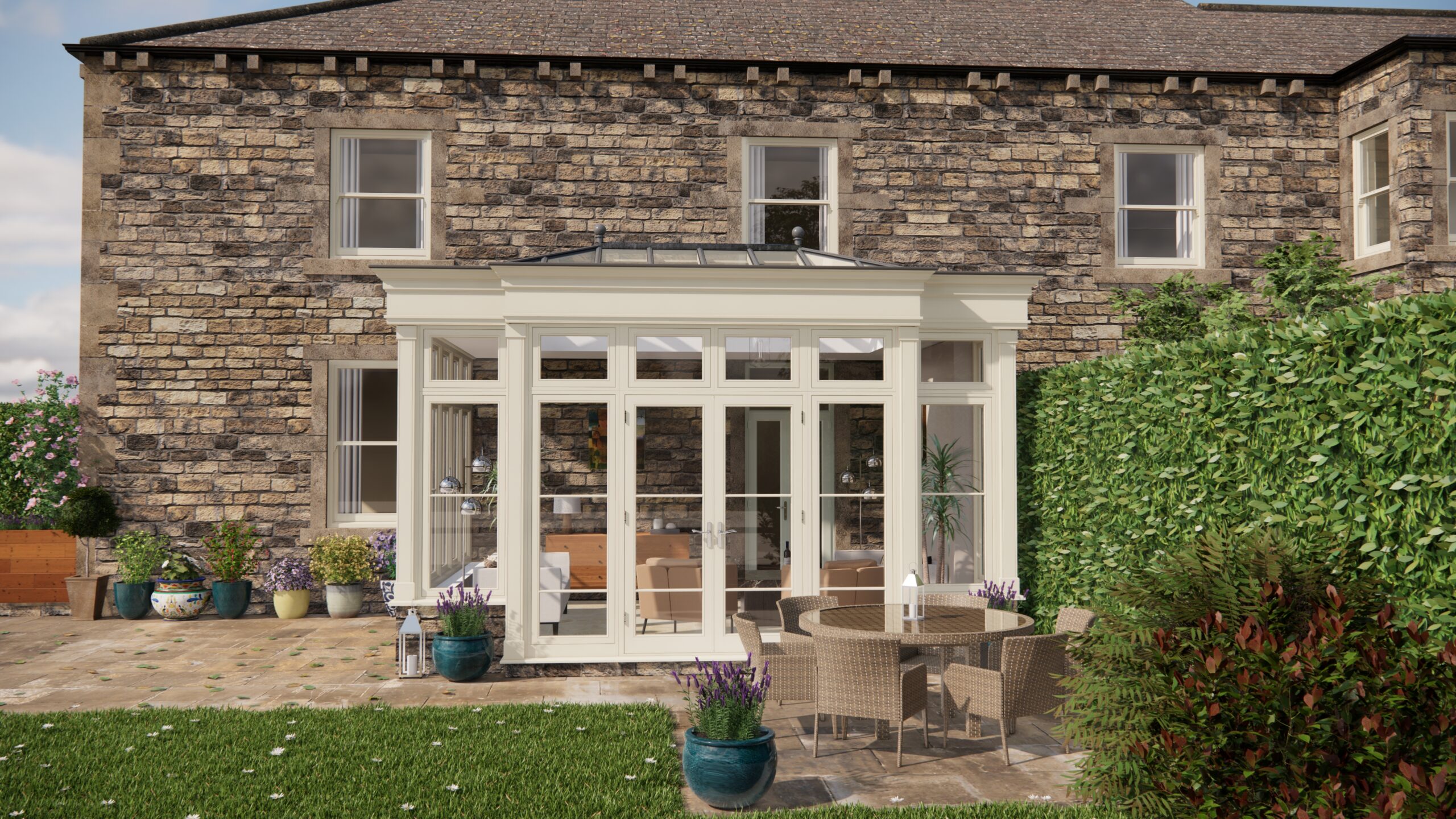Right then, let’s have a proper natter about keeping the garden gorgeous without chained to a watering can! I was chatting with my mate Scott the other day, and he’s practically turned his back garden into a self-sufficient Eden. All down to clever automation, apparently. He’s a proper convert, so I thought I’d share what I learned.
Scott’s a busy bloke, works all hours, so the thought of spending his precious weekends battling weeds and wrestling with hoses filled him with dread. His solution? Embracing the world of automated irrigation. And honestly, listening to him rave about it, I was almost reaching for my credit card there and then.
Drip, Drop, Done: Types of Automated Systems
Scott started by explaining the different options. He mentioned three main types:
-
Drip Irrigation: “Think slow and steady,” he said. This involves laying pipes with small emitters that drip water directly onto the soil near the plant’s roots. He uses it in his vegetable patch and flower beds. The advantage, according to Scott, is incredible water efficiency, as it minimizes evaporation and targets the roots directly. It’s also great for avoiding soggy leaves, which can lead to fungal problems. The downside? It can be a bit fiddly to install initially, and you need to ensure the emitters don’t get blocked. Scott showed me how he regularly cleans his with a pin.
-
Sprinklers: The classic choice, right? Scott uses these on his lawn. He explained that modern sprinklers offer much better control than the old-fashioned ones. You can adjust the spray pattern and distance, and some even have rain sensors that shut them off when it’s raining. The advantage is that they’re relatively easy to install, especially if you already have outdoor taps. The disadvantage, as Scott pointed out, is that they can be less water-efficient than drip systems, as some water is lost to evaporation and wind drift.
-
Soaker Hoses: Scott uses these under his rows of heathers. Essentially porous hoses that seep water along their entire length. They’re great for borders or raised beds. The advantage is their simplicity – just connect them to a tap and let them do their thing. The disadvantage? They can be prone to leaks and may not distribute water as evenly as drip irrigation.
Choosing the Right System: One Size Doesn’t Fit All
Scott emphasized the importance of choosing the right system for your garden. He advised considering these factors:
-
Garden Size: For smaller gardens, a simple soaker hose or a couple of strategically placed sprinklers might suffice. Larger gardens, like Scott’s, may benefit from a combination of systems.
-
Plant Types: Drip irrigation is ideal for plants that prefer consistent moisture at their roots, while sprinklers are better suited for lawns and plants that can tolerate overhead watering.
-
Water Pressure: Check your water pressure before investing in any system, as some require a certain level of pressure to function properly. Scott had to install a pressure regulator on one of his taps.
Installation and Programming: Not as Scary as it Sounds
Scott admitted that the initial installation was a bit daunting, but he assured me it’s perfectly manageable. He bought a kit from a local garden centre and followed the instructions carefully. The key, he said, is to plan everything out in advance and take your time.
As for programming, he uses a simple timer that allows him to set the watering schedule. Some timers are more sophisticated, with features like rain sensors and remote control via a smartphone app. Scott, the lazy gardener, is quite pleased that he can simply change the schedule from the comfort of his armchair!
Time and Water Savings: The Real Payoff
Scott reckons he’s saving a fortune on his water bill – not to mention the hours he used to spend lugging around the watering can. He also noted that his plants are healthier and more vigorous, as they’re getting the right amount of water at the right time. He even has more time to enjoy his orangery. Win-win.
So, automated irrigation isn’t just about laziness, it’s about being smart. It’s about using resources efficiently, promoting plant health, and freeing up time to actually enjoy your garden. After listening to Scott, I am thinking I really must try this at home!


